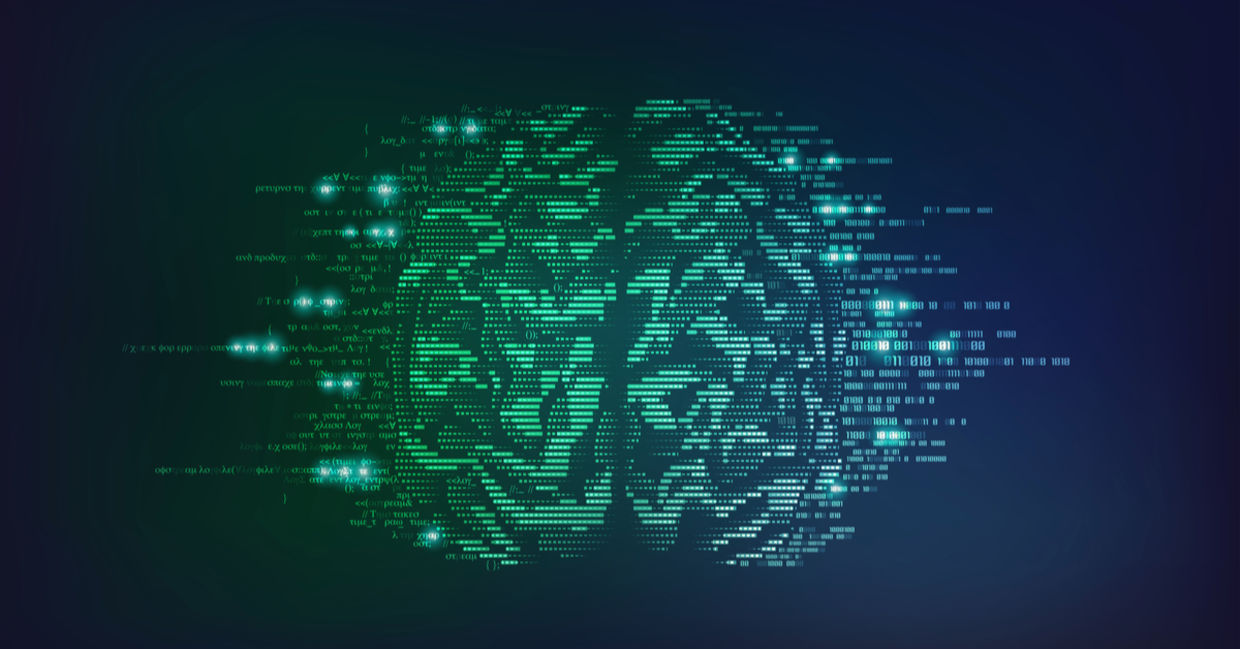
(Jackie Niam / Shutterstock.com)
It is not science fiction or a prediction about the distant future. A new AI system that converts brain activity into text is here to revolutionize the way we think about communication, and has the potential to become one of the technological milestones of our era.
Many might remember Stephen Hawking, the British physicist, world-famous for his work on space and time, who used impressive software that helped him speak by detecting the tensions in his cheek muscles. Well, what’s coming next is even more sophisticated.
Neuroscientists at the University of California, San Francisco, have developed more advanced technology that can turn neural waves into written words. These findings were revealed in the Nature Neuroscience journal, one of the world's leading multidisciplinary science journals, at the end of March this year.
How does the system work? Science Alert discusses how it uses brain implants to track neural activity while someone is speaking. That data is then converted into numbers, which are then translated into words and sentences.
The algorithm has reached an accuracy level of 97 percent, which presents fewer errors than the average human transcriber. The numbers show unprecedented levels of accuracy. This is the closest that technology has ever come to being able to “read someone’s mind”.
For now, the technology only works when someone is speaking aloud, but researchers believe that it could eventually be developed to be used for those individuals who, for some reason, are unable to speak or type. This discovery could potentially transform the lives of countless individuals for the better, greatly improving their ability to communicate with others.
Beyond the ethical aspects to consider and the social debate that needs to take place around the potential for machines to actually be able to read our minds, the benefits are evident. Translating the thoughts of people who can’t communicate verbally, or who face any one of a range of speech impediments, can provide them with a way to connect with the world and their loved ones.
While there are numerous challenges ahead, this promising breakthrough combining neuroscience and machine learning using artificial intelligence, shows how fundamental technology is to improving people's lives, and what innovation can do as a force for good. If we try to put ourselves in the shoes of those who can’t speak for a moment, we will understand why this discovery has the potential to be such a trailblazing one.
YOU MIGHT ALSO LIKE:
A New Discovery Could Switch Off Epilepsy Seizures
This Simple Device Diagnoses Autism at an Earlier Age
New Handheld 3D Skin Printer Shows Great Promise in Healing Burns







